I have earlier written about post-World War II University of Wisconsin professors that examined homosexuality, but
there was also an active researcher before the war. This was John Lewis Gillin, a professor of sociology, whose studies included one that touched on homosexuality in the 1930s.
By the time his book The Wisconsin Prisoner: Studies in Crimogenesis was published by the University of Wisconsin Press in 1946, Gillin was an emeritus professor. His work shows the tension and transition occurring in viewing homosexuals based on their status or as a class rather than on individuals who are defined by criminal acts. In this regard, Gillin’s work was unconsciously a balancing and bridging act.
The origins of the work were clearly in how homosexuality in Wisconsin was treated in the older, criminal context. Gillin’s overall study was of 486 inmates of the Waupun State Prison, divided into three broad classifications of almost 100 murderers, about 125 sex offenders, and some 250 criminals with property crimes. The sex offenders included a group of more than 25 inmates with sodomy charges—the overwhelming number of them male-on-male crimes, but a few heterosexual sodomists as well.
Gillin noted, “Sodomy is defined as ‘the crime against nature, with mankind or beast’ and such crime ‘may be committed by the penetration of the mouth of any human being by the organ of any male person as well as by penetration of the rectum.’ (Wisconsin Statutes, 1935, Section 351.40)” It would appear, then, that this study would treat the criminal acts thusly. Not all the sex acts or offenses had been selected for study but sodomy and rape were.
In recognition of the contemporary context in which sodomy might be viewed, Gillin provided a most interesting section entitled, “Existing Literature on Sex Crimes.” It was predominately a scholarly review of writings mainly focused on, as he titled it, “Homosexuality or Sodomy,” with some passages also added on incest. Here we see a presumed conflation of a person’s status as a homosexual or someone who loved someone of the same sex with actual, defined criminal acts.
Gillin noted in this essay that the “psychology of sex offenders, a field in which Freud was a pioneer, has received more attention than the psychology of murderers.” In addition to Freud, he noted Adler, Jung, Rank, and Stekel among the authorities. After discussing that some homosexuals are absolute inverts while others are occasional
inverts, he then proceeds to outline, “Freud’s theory of the psychological roots of homosexuality …”
Gillin surveyed other contemporary writings, including citations for the 1932 British Journal of Psychoanalysis and Havelock Ellis’s section on “Sexual Inversion” in his 1936 Studies in the Psychology of Sex. He also cited Wilhelm Stekel, who published in German Onanie und Homosexualitat that was published in English in 1934.
Gillin also discussed Magnus Hirschfeld and his Jahrbuch fur Sexuelle Zwischenstufen, citing Hirschfeld as “the author of one of the most important books on the subject,” with a belief that heredity predisposes one to homosexuality. According to Gillin, Hirschfeld asserted that, “Nervous or mental anomalies … are no more frequent among ancestors of homosexuals than among the ancestors of those endowed with normal sexuality.” Though Gillin discounted Hirschfeld by stating near the end of the literature review regarding parental history, “The majority holds that pronounced homosexuals have a similar ancestry or at least a history of neurosis.”
Gillin did not reference Hirschfeld’s pioneering law reform work to decriminalize homosexuality in Germany. Nor did he reference that Hirschfeld’s works were among the books burned by the Nazis as they took power.
The most favorable citation came from Iwan Bloch who wrote The Sexual Life of Our Times in its Relation to Modern Civilization, published in 1914. Gillin noted that Bolch, while conceding that some homosexuals have a morbid constitution, felt, “The largest section of original homosexuals, are perfectly healthy, physically normal persons.”
In the literature review section of the work, Gillin clearly discusses homosexuality as a type or personality trait as the status of a group of individuals. While he notes that both environment and heredity are thought of as causes for the status, it is as a class that homosexuals may be considered. Additionally, the sample group of prisoners was actually a subset of homosexually active individuals in Wisconsin: those arrested for specific acts, not because of their status.
Gillin, during his analysis of the research, was looking for general statements that can be made about prisoners and the origins of their crimes. How this ties to his literature review on homosexuals in general is most tenuous, although at times he attributes causal relationships to maternal figures as a Freudian-type explanation of the status which brought the individuals to their particular criminal acts.
In his analysis of sex offenders, Gillin compared the criminal male sodomists and rapists in three respects: IQ, favoritism, and occupation. The study’s conclusions were that homosexuals had higher IQs, a larger proportion were professional men or unskilled laborers, and they showed more emotional sensitivity to favoritism in the family than the rapists.
Gillin’s sample of convicted sodomists included a great diversity across the Wisconsin population. There were both blacks and whites; Catholic, Methodist, and Lutheran religions; and Yankees or native-born, German, French-Canadian, Polish, and Bohemian in ethnic origins. While many were laborers, one was a principal of a grade school in central Wisconsin and another had been a teacher in a Catholic high school and college. Gillin observed, “In most cases the root of the offense lies deeper than intelligence, inasmuch as the sodomists include men of both low and high intelligence.”
Another revelation in the case histories provided by the study, though not one highlighted for analysis by Gillin, was the nature of law enforcement activities against homosexuals in the 1930s. Several cases are cited as individuals being known to the police as homosexuals but not arrested until they committed egregious acts such as sex with minors or in public parks. One comment was, “In the community from which he was committed he has a long history of homosexuality but no record of previous arrests.”
Gillin’s method of research and analysis included interviewing non-criminal siblings of the sex offenders for comparison purposes. Comments about them included “harmonious married life,” “more normal upbringing,” “unlike the prisoner, is strong and physically masculine,” and “worked as a farmhand in a wholesome community.”
A non-Freudian conclusion put forward by Gillin was that, “In others, homosexuality developed only when the proper stimulus occurred.” Among such stimuli cited by Gillin were “demoralized associates” and “social example and incitement to perversion.” In one case it was noted, “Among the men who took an interest in him was a minister of homosexual tendencies, who employed him throughout his high school years.” Yet another: “Apparently the beginning of the prisoner’s overt sexual activities was his seduction by a homosexual while he was in normal school.”
Gillin’s work was proclaimed, “A pioneer study of the role of inheritance and environment in producing criminality.” Yet in a proper sort of academic balancing on causality the statement was made, “These selected case histories show that numerous factors go to produce homosexuality.”
Gillin’s work may not have provided definitive reasons on the origins or “crimogenesis” for the crime of sodomy, but persons reading Gillin’s work could gain insights into the practice of homosexuality during the 1930s in Wisconsin. Among these was that homosexuality was more widespread around the state and in all segments of the population than might otherwise have been expected. Likewise only a small sample of the subset of the active or known homosexuals were actually arrested by law enforcement and incarcerated.
The work showed a limited progress in trying to understand a new basis for viewing homosexuals. Gillin made the positive concluding comment, “Though there is widespread tolerance of extra-legal heterosexual relations, most people are so antagonistic to homosexuality that only the very rationalistic can enjoy such a relationship without a feeling of degradation.” Whether this was a problem of society or of the homosexuals was not resolved. Fundamentally, however, Gillin’s work still portrayed homosexuality in Wisconsin as part of the traditional criminal context.
Dick Wagner (rrdickwagner@gmail.com), openly gay former Dane County Board Chair and co-chair of Governor Earl’s Commission on Lesbian and Gay Issues, is now working on gay Wisconsin history and welcomes topics and sources.

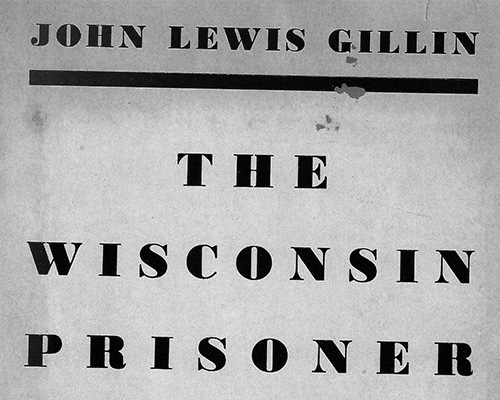



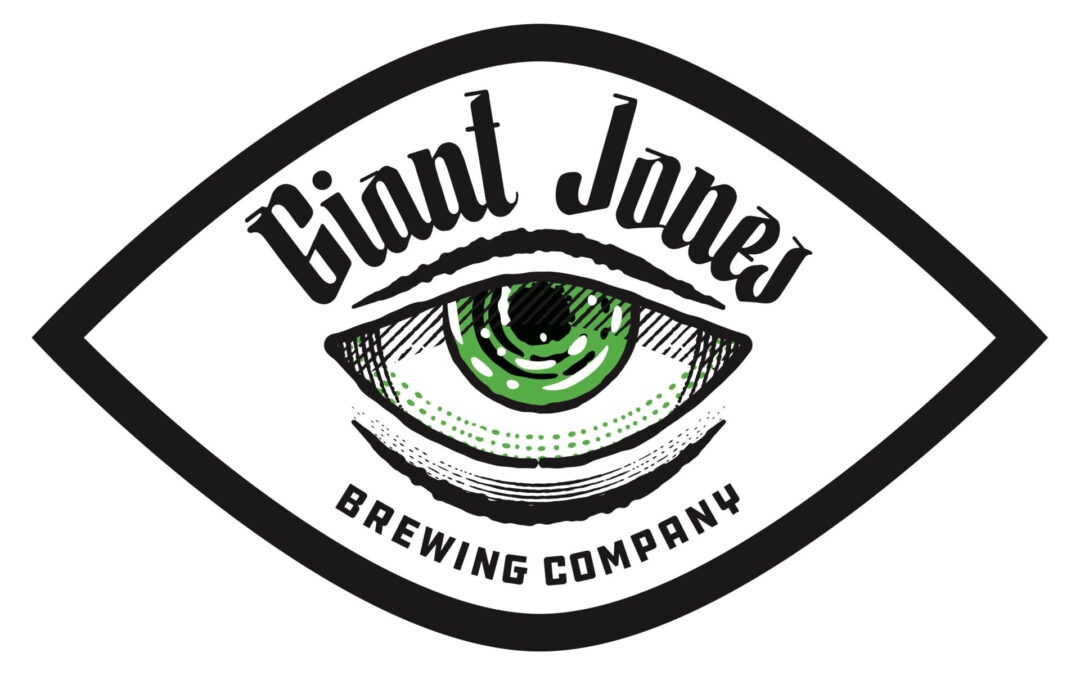

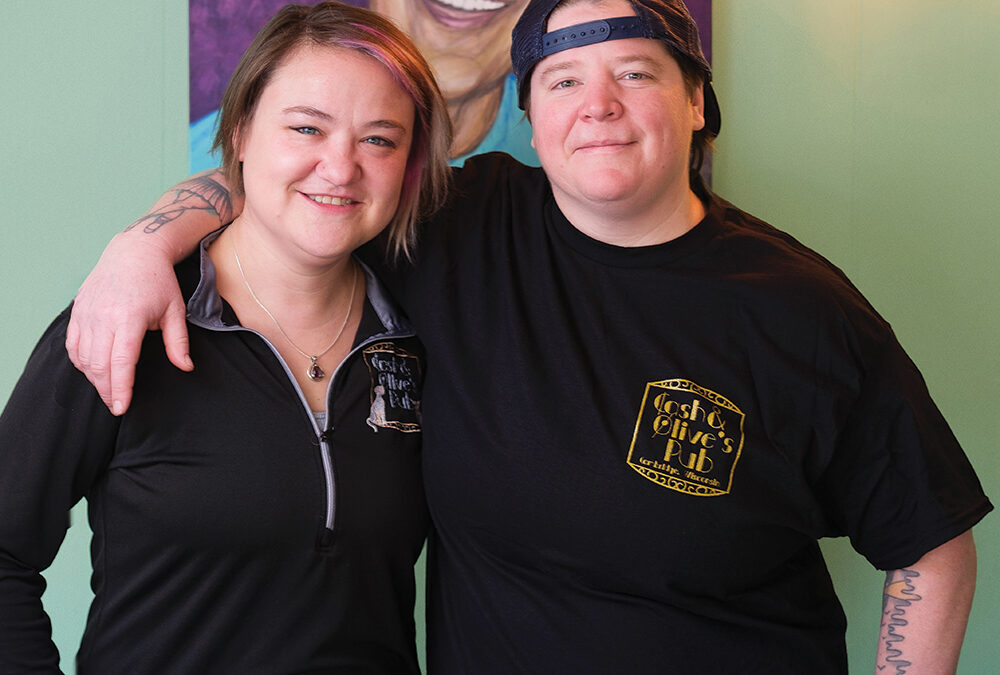
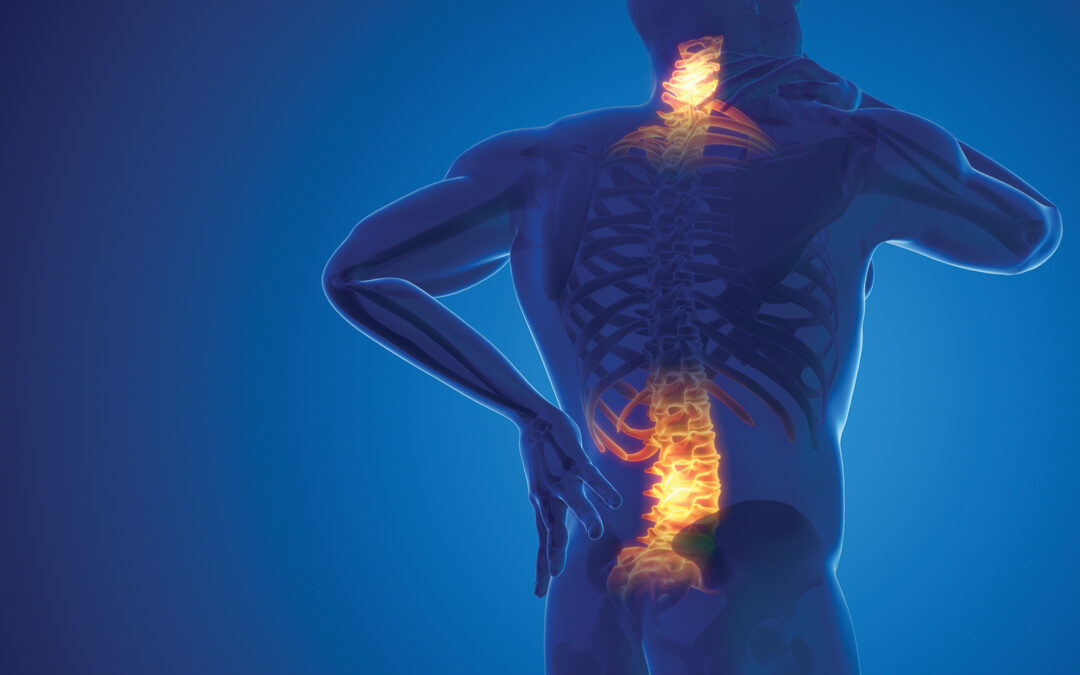


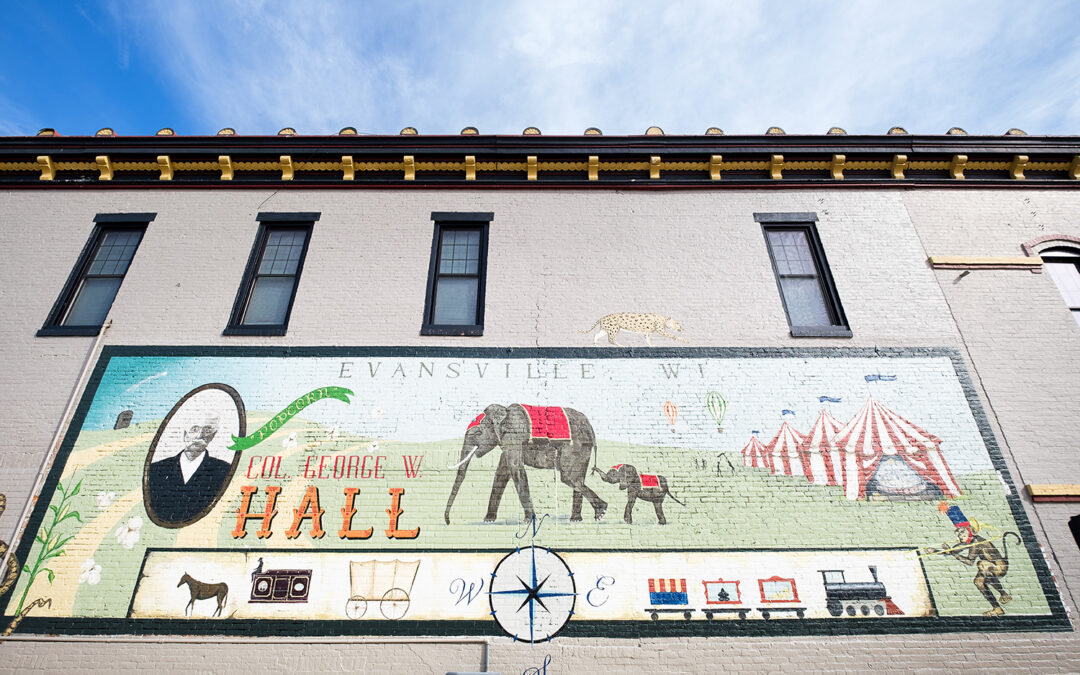
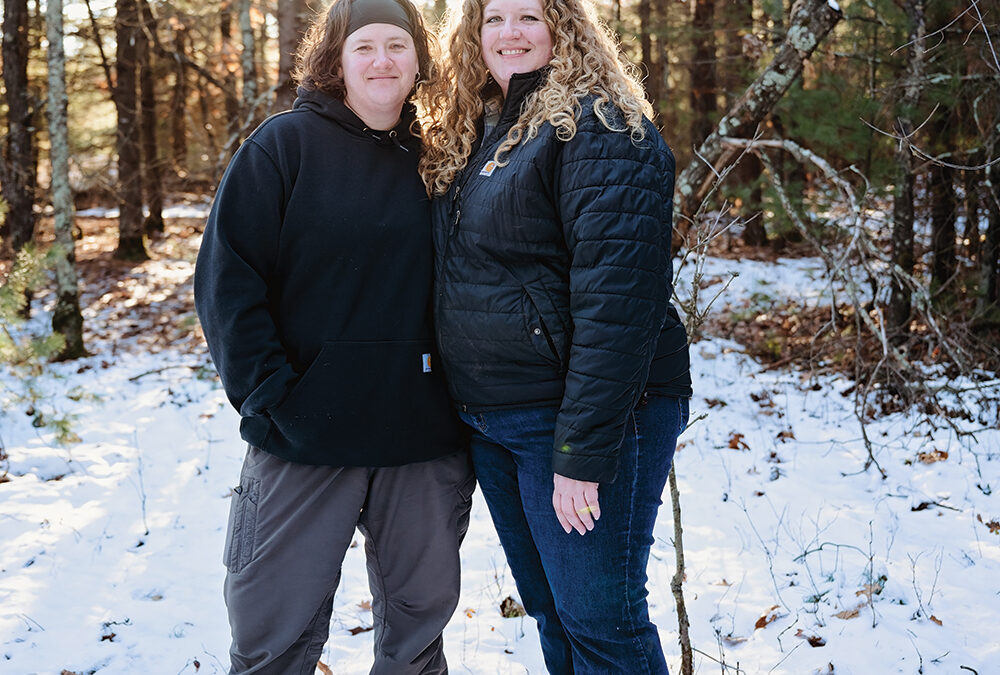









0 Comments